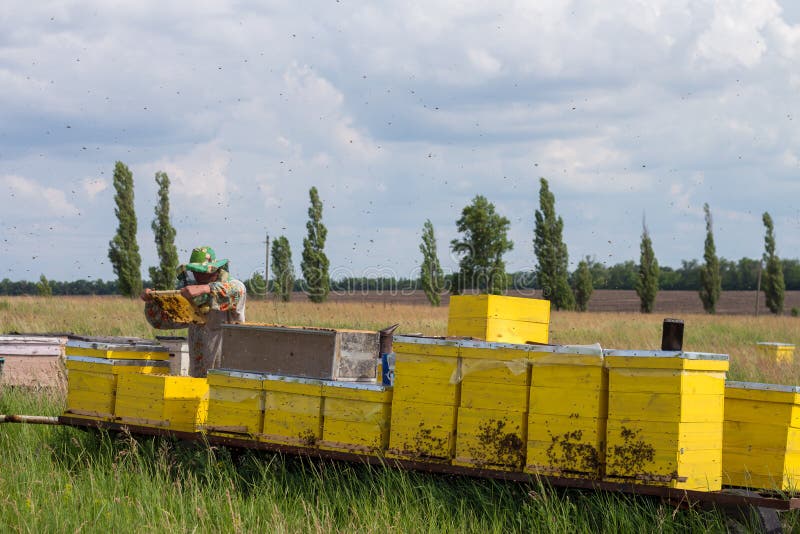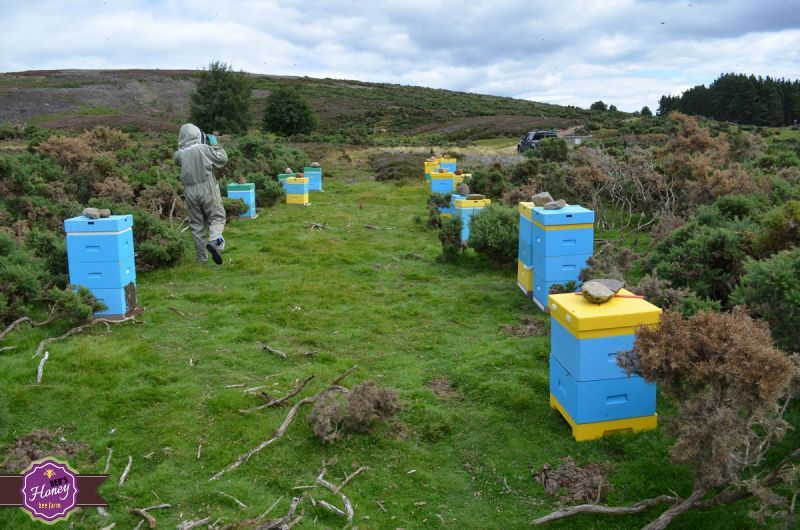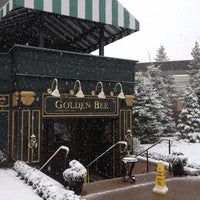


Three Drops of Gold National Honey Competition. National Honey Day a competition of pastry chefs using honey. The average annual production of honey is approximately 9,000 – 12,000 tons (8,000 – 11,000 metric tons). There are approximately 72,000 beekeepers in Italy, of which about 10% are professional. This is well below values of other European countries such as Austria and Greece at 3.2 lbs per capita (1,600 g.) and Germany over 2.6 lbs per captia (1,200 g.). Paradoxically, while Italy offers a wide selection of regionally produced honeys with over 40 monofloral varieties, Italians are not large consumers of honey, with per capita consumption of only. This may sound primitive, but this was an example of the idea of spontaneous generation that dominated thinking for almost two millennia until it was ultimately disproved in the 19th Century by the experiments of Louis Pasteur. He concludes by describing a method of creating bees from the body of a dead ox. Vergilius speaks highly of the home life of bees, their valiant defense of, and loyalty to their leader. ‘the winged attendants of the Muses,’ because if at any time they are scattered they are quickly brought into one place by the beating of cymbals or the clapping of hands and as man has assigned to those divinities Helicon and Olympus, so nature has assigned to the bees the flowering untilled mountain Varro writes authoritatively of beekeeping practices such as placement and construction of the hives, good honey plants and the business opportunity of apiaries, yet he waxes poetic too as he describes bees as, Marcus Terentius Varro (116 BC – 27 BC), wrote of bee farming in the third volume of his famous, “De Re Rustica” (On Agriculture) and Publius Vergilius Maro (70 BC – 19 BC), in the fourth volume of the poem, “Georgics” (To Farm). but it wasn’t until much later that it is documented by the writers and scholars of the time.

It is thought that beekeeping in Italy began with the first Greek settlers in southern Italy in 700 to 800 B.C.


 0 kommentar(er)
0 kommentar(er)
